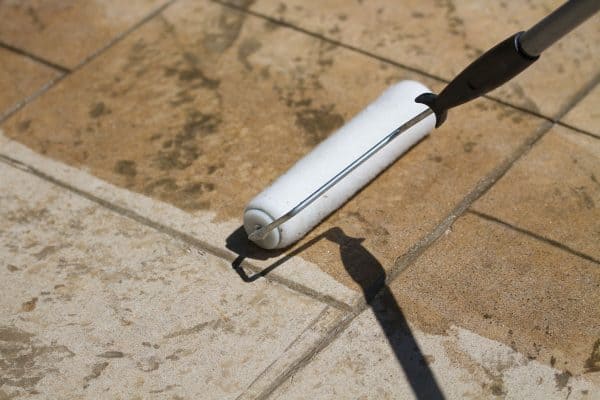Disclosure: We may get commissions for purchases made through links in this post.
How well do you know your rocks and stones? We know they can get confusing, but it's important to be able to differentiate them so you can choose the right material for your hardscaping project at home. If you're preparing for a paving project, you might be wondering about the differences between gravel and pebbles. Well, you're in luck, because we did the research to bring you the answer.
Gravel and pebble are almost the same in size, and both can be found near bodies of water. You can tell one from the other based on their appearance. Pebbles, with their semi-polished, smooth, and round surface, are more attractive. They are used for landscaping, arts and craft, gardening, and aquascaping. Gravel is made up of irregular and angular shapes and has a coarse texture. It is used for construction, landscaping, erosion control, and agricultural purposes.
In this article, we'll talk more about gravel and pebbles—their differences and where you should use each one. Keep on reading to learn more about gravel and pebbles, their differences, and where you can use them. Without further ado, let's get started!
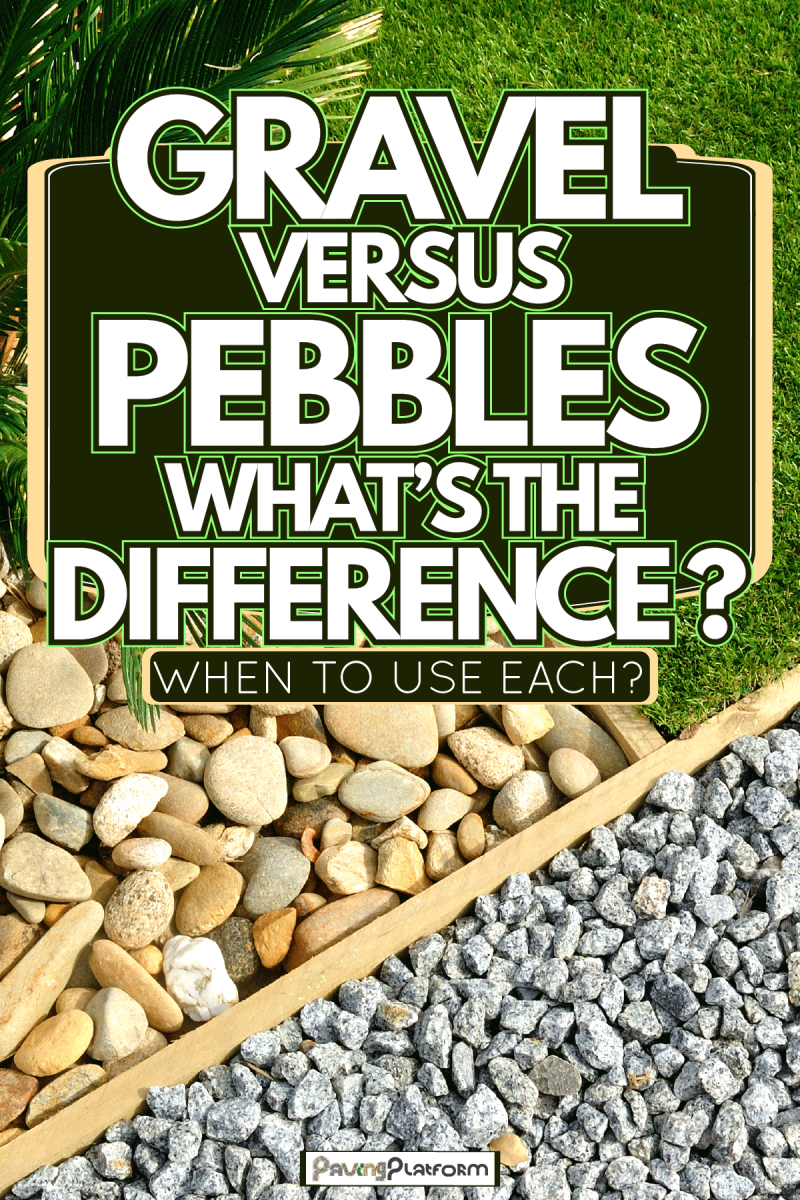
Differences Between Gravel And Pebbles
There are so many different paving materials to choose from. And for ordinary homeowners, this task can get confusing. However, it is important to know the particular qualities and characteristics of each material so that you can make an informed choice that you won't regret later on.
Gravel and pebbles are among these hardscaping materials. To the average person, they might even look the same. That's why we'll take the time now to tell you how you can differentiate one from the other.
Gravel
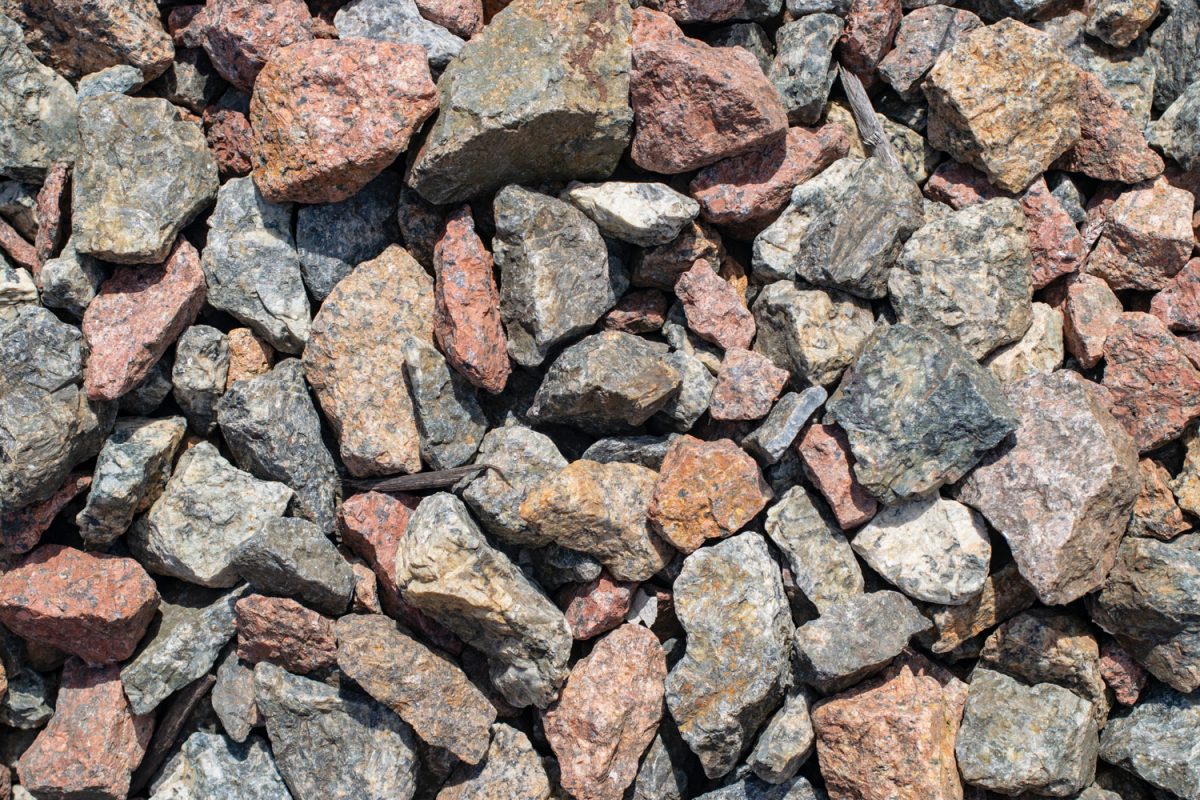
Gravel is made up of rock fragments. It is coarser than sand, having a diameter of more than two millimeters; it can be as big as 64 millimeters. They can be found in streams or beaches where there's fast water movement. This is why gravel can't retain sand. There are gravel beds with traces of high metallic ore minerals and even native metals such as gold.
When it comes to appearance, gravel has irregular angular shapes and possesses a dull color. It has been shaped as such due to friction that happens as it is constantly subjected to the pressure of the water. These rocks have been weathered and transported to different rivers. Because of this, gravel varies in configuration, coarseness, and thickness.
Pebbles
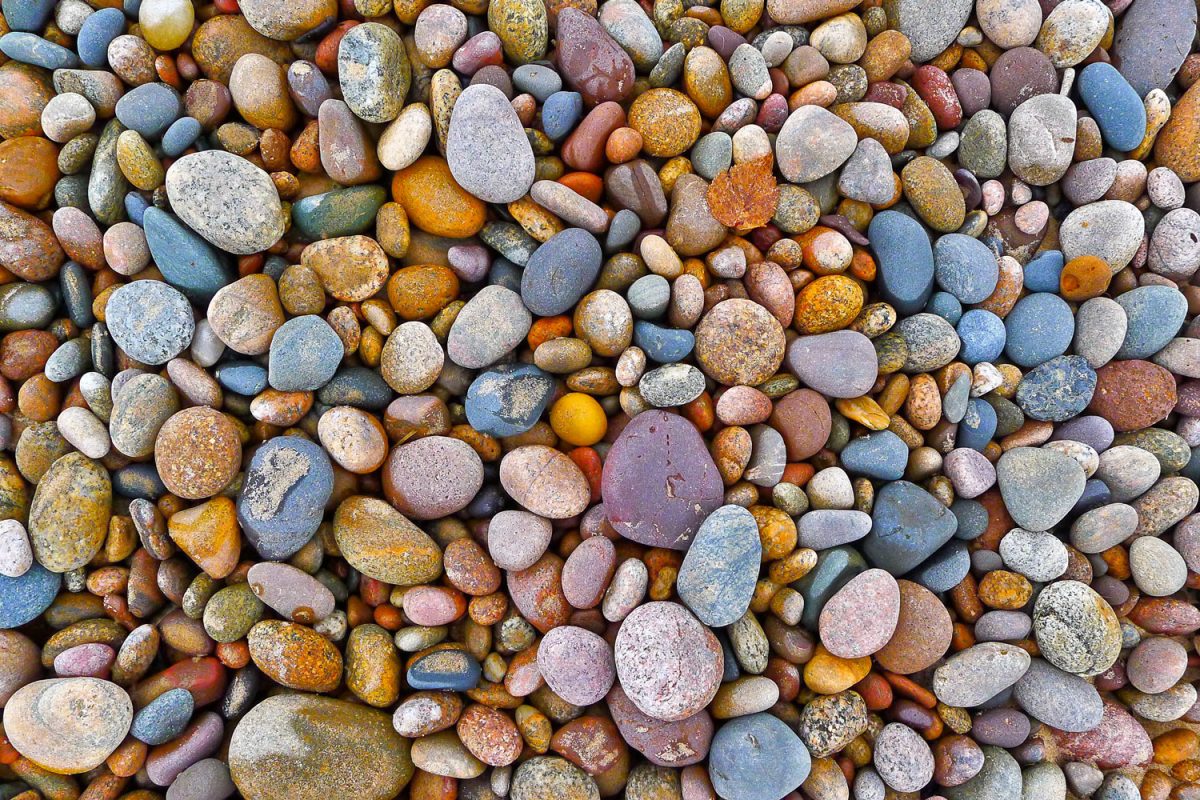
These are pieces of rock that are obtained near the river or sea deposits. These rocks can be made of quartz, silica, chert, and other minerals. They have a round shape. Their size can range from 4 to 64 millimeters. They have a semi-polished and smoother surface brought about by their continuous interaction with water.
Based on the descriptions above, both gravel and pebbles can be sourced near the water. Water also plays an important role in their general appearance. They may also both contain minerals. Their sizes are almost the same, although you can find gravel that is smaller than pebbles. But such is not always the case.
Their main difference is in terms of appearance. The gravel looks dull while pebbles are more polished. Gravel is coarse. On the other hand, pebbles have a smoother surface. In other words, pebbles are generally more attractive than gravel.
What Is Gravel Good For?
Gravel continues to be in high demand in and out of the construction industry, especially since it is relatively more affordable than other materials. Its uses are as follows.
As A Construction Material
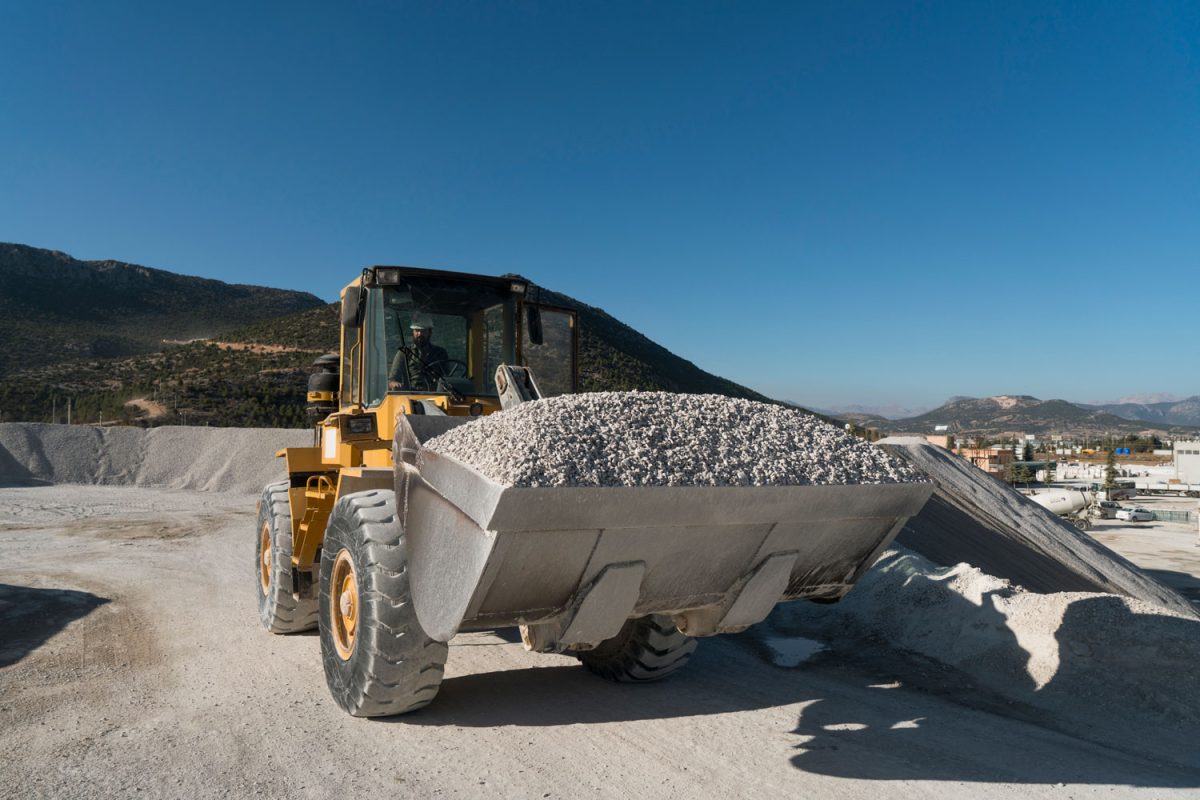
Gravel is used in making concrete. It can also be mixed with asphalt. Gravel is also a crucial component in making bricks, blocks, and even pipes. These materials are used in different areas of development such as roadwork, building foundations, and fillers in construction sites.
For Landscaping
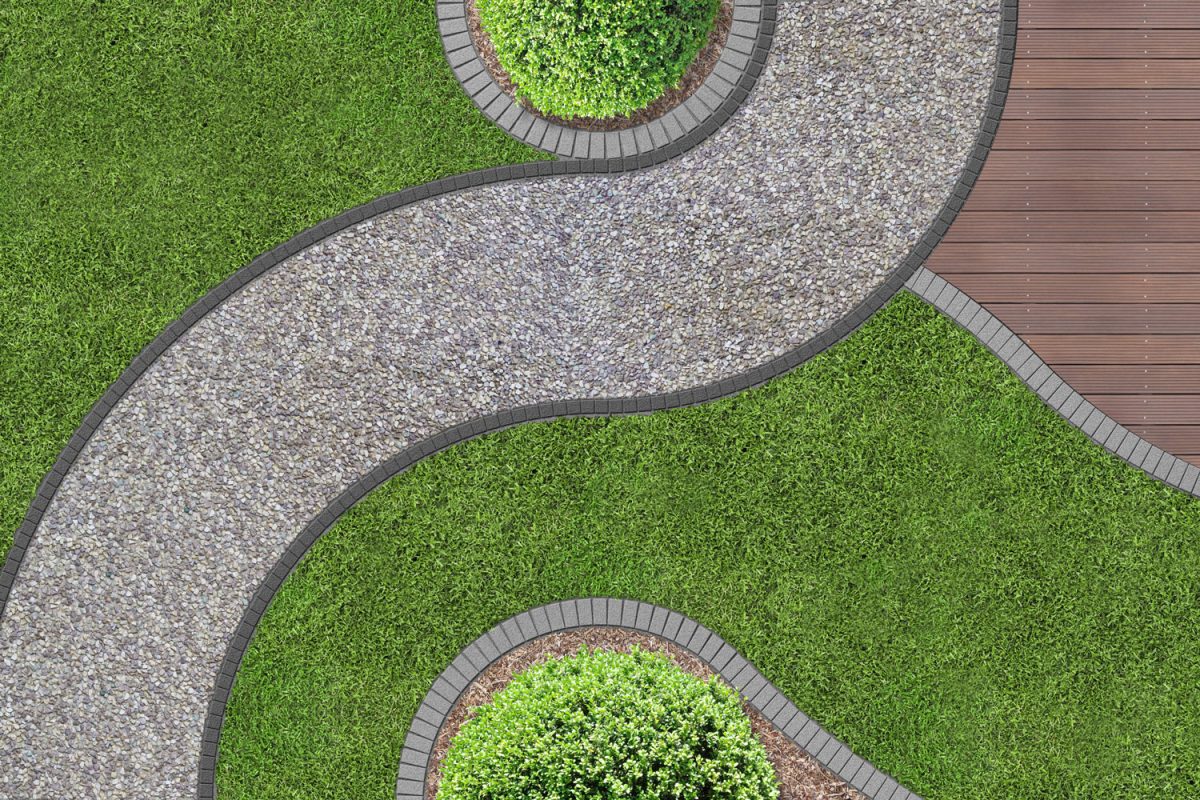
Gravel is also a favorite hardscaping material for outdoor areas. Around homes, it is used for patios, walkways, and driveways. Aside from being durable, it also adds to the curb appeal once mixed with other elements in the yard or patio.
They also help homeowners manage water resources by preventing evaporation. Water stays underground. This is important in ensuring that the soil has enough moisture for the plants.
To Control Erosion
It can be placed in areas experiencing erosion problems, especially those near bodies of water. Gravel can keep soil from being washed away when the water reaches the shore. It can prevent mudslides from happening when heavy rains make the soil softer. The soil can grab onto the gravel so that it can stay in its place.
Farm Use
Farms are also big consumers of gravel. It is an important ingredient in making agricultural lime which is useful in reducing the soil's acidity. At the same time, it makes the soil productive and results in improved crop growth.
Gravel is also ground into smaller pieces and mixed with poultry feeds. These rocks and minerals are important for chickens and turkeys so that they can digest and break down their food properly.
These are just some of the applications of gravel. It shows us that gravel is indeed useful in various fields.
What Size Gravel Is Best?
As mentioned earlier, gravel comes in different sizes ranging from 2 to 64 millimeters. The size of gravel that you would need depends on the purpose that it'll serve.
If you're going to use gravel for your pathways, experts recommend getting medium-sized gravel of about 10 to 14 millimeters in size. It will compact better so the pavement can stay in place. This type of gravel is also more comfortable to walk on.
For driveways, you have to get bigger-sized gravel. The ideal size is 20 millimeters which should cover a depth of at least 4 to 5 centimeters. Get angular-shaped gravel so that it will interlock and provide a more durable surface.
But if you're using gravel for decorative purposes, you can get big ones so that they are more eye catching. They should be at least 20 millimeters in size. There are lots of options to choose from—white marble, silver-blue granite, and pea gravel. These have an attractive appearance that'll enhance your landscape.
The best part about it is that whatever gravel size you choose, you can be sure that it'll help make your pavement stronger. It is also easy to lay on the ground, won't interfere with your drainage, and requires less effort to maintain.
What Are Pebbles Good For?
These are just some of the many uses for pebbles.
For Landscaping
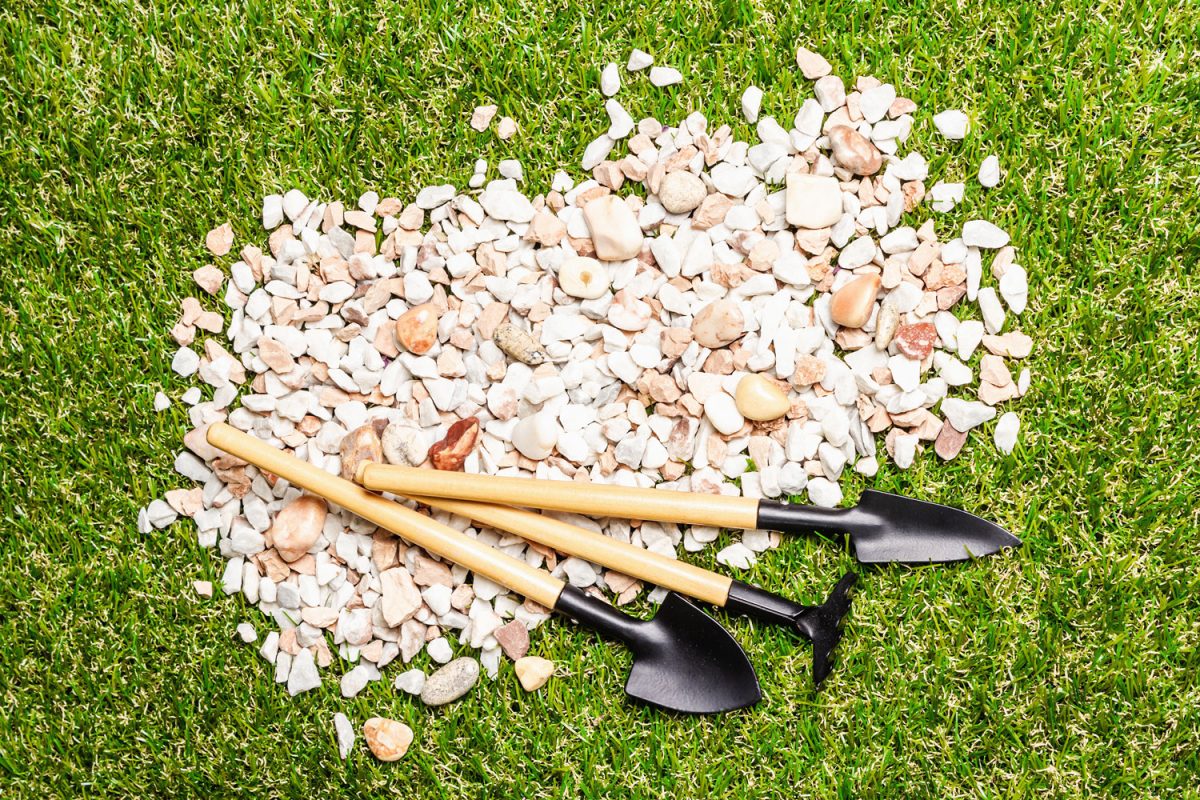
You can enhance the look of your pavement with the use of pebbles. Since they look nice, they would enhance the look of your patio, walkways, driveways, and pool decks. You can lay them to improve your ground cover. They can hide strip drains and grates without preventing the free flow of water which means your drainage won't suffer.
For Arts And Crafts
Because pebbles look nice, they are used for different works of art. Their smooth texture is also a huge plus since you can simply put adhesive on one side and you can stick them on any flat surface.
Pebble art is a fun hobby for the whole family to enjoy and create masterpieces together. You can make photo frames, designs for tabletops, mats, or a stone structure to add a natural element to your surroundings.
For Gardening
You can put pebbles on the ground or in a pot to make your garden look nice. Aside from the added visual effect, they protect the soil from weeds and from being dug up by house pets. They also prevent erosion and protect your soil from too much sun exposure.
Aquascaping
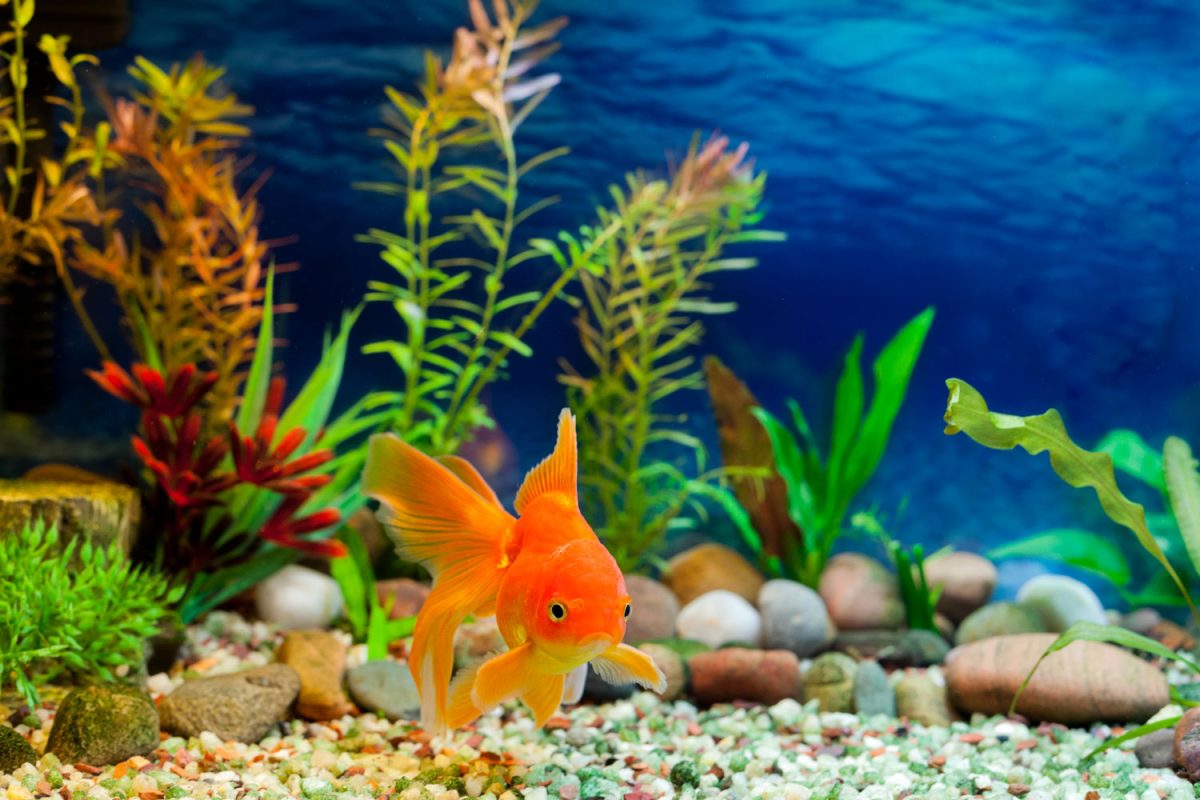
Pebbles are used as a ground cover for fish tanks and aquariums. They are available in different colors too to make your aquascape more interesting. They highlight other features of your underwater landscape.
Final Thoughts
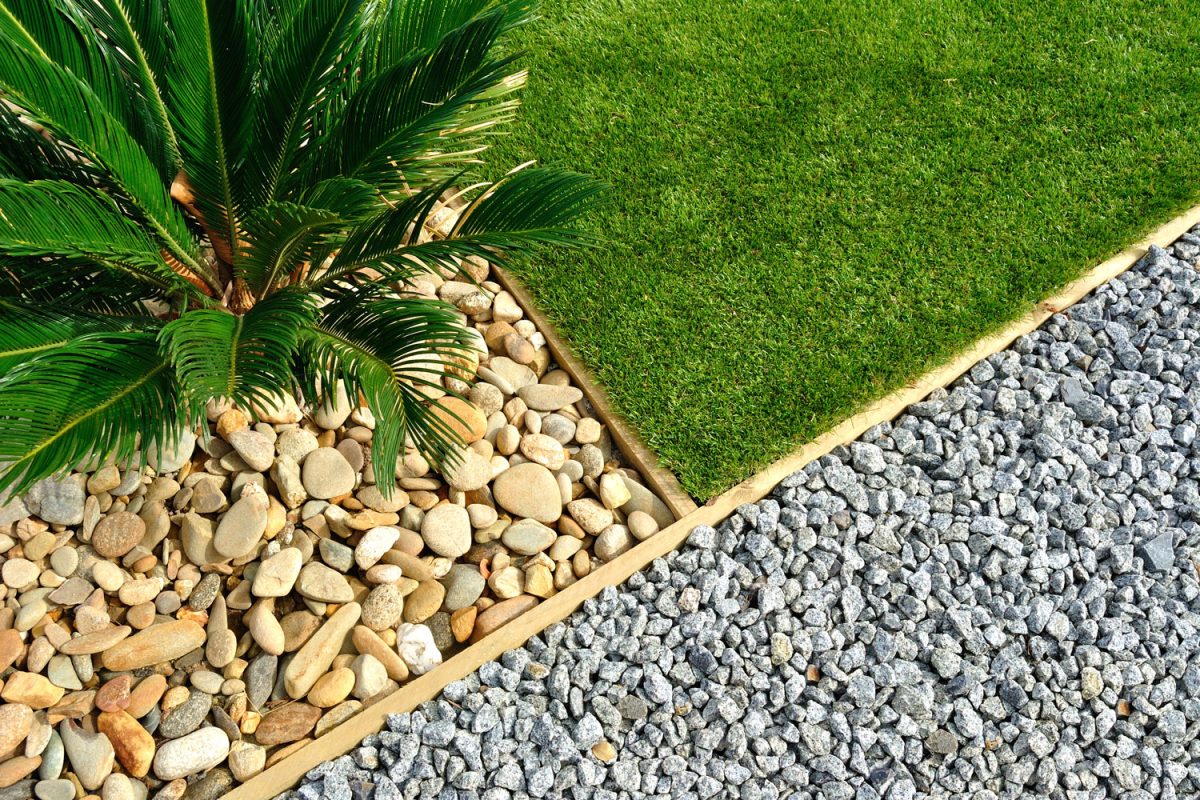
Gravel and pebbles mainly differ in their appearance. As such, they are used for different purposes. While pebbles are intended more for decoration, gravel has more practical applications. But both are equally valuable depending on the intended use.
To read more about other paving materials, take a look at these posts:

![Vibrant Red Paver Stone Path, Can You Spray Paver Sealer? [How To Apply It]](https://pavingplatform.com/wp-content/uploads/2022/04/Vibrant-Red-Paver-Stone-Path-600x400.jpg)
![Properly laid out red pavers for a garden, Can You Tint Paver Sealer? [And How To]](https://pavingplatform.com/wp-content/uploads/2022/04/Properly-laid-out-red-pavers-for-a-garden-600x400.jpg)
